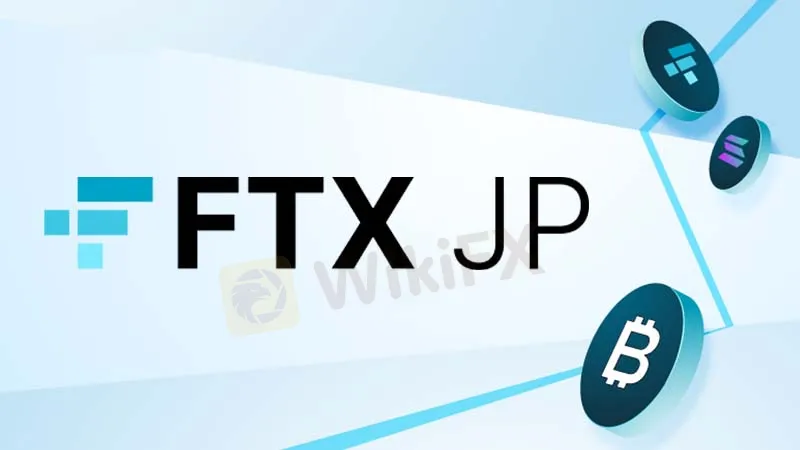简体中文
繁體中文
English
Pусский
日本語
ภาษาไทย
Tiếng Việt
Bahasa Indonesia
Español
हिन्दी
Filippiiniläinen
Français
Deutsch
Português
Türkçe
한국어
العربية
FTX Japan Plans To Refund Customers' Money By February
Abstract:FTX Japan, the Japanese part of the troubled cryptocurrency exchange FTX.com, has created a strategy to begin client withdrawals in February of next year.

FTX Japan has created a recovery structure that would allow impacted consumers to reclaim their assets via Liquid Japan, the first exchange to be fully approved by the Japan Financial Services Agency (JFSA).
Customers of FTX Japan will become Liquid clients by mid-January, and they will have access to their money and assets as early as mid-February. Liquid's involvement in the process will begin with the acquisition of the customer book, followed by balance checks.
“We sincerely regret the significant inconvenience caused by the protracted suspension of services for the withdrawal of legal cash as well as crypto assets,” FTX Japan stated in a statement yesterday.
FTX finalized its purchase of Liquid Group earlier this month in order to serve Japanese consumers via a new subsidiary. The liquid is a bitcoin and cryptocurrency exchange based in Tokyo. The FSA-regulated exchange also runs a clearinghouse for fiat-backed stablecoins, which allows for swaps, FX trading, and digital fiat onramps/offramps.
FTX Japan was first instructed by the Japanese watchdog to cease operations until December 9 and develop a “business development plan.” It has now added three months, until March 9, to comply with the regulator's instructions. The extension comes as the exchange continues to be unable to restore client assets, with its trading systems being inoperable.
FTX Japan was ordered to halt all over-the-counter derivatives transactions and associated margins, as well as new deposits. It also advised customers that services related to new account opening, spot trading, fiat currency deposits, inbound crypto transfers, and derivatives transactions will be suspended during the suspension period.
On November 8, FTX Japan ceased customer withdrawals after Japan's regulator instructed it to do so. This occurred soon after its parent company had a significant liquidity problem that allegedly cost $8 billion to resolve. However, three days later, FTX's founder, Sam Bankman-Fried, filed for Chapter 11 bankruptcy in the United States.
The Kanto bureau also ordered the exchange to keep its assets in Japan for the same period of time, while appropriately disclosing liabilities on its balance sheet.
The regulator argues that the exchange lacks the requisite framework to perform cryptocurrency exchange services in accordance with Japanese requirements.
Stay tuned for more FTX news.
Download and install the WikiFX App from the download link below to stay updated on the latest news, even on the go. You can also download the app from the App Store or Google Play Store.
Download link: https://www.wikifx.com/en/download.html

Disclaimer:
The views in this article only represent the author's personal views, and do not constitute investment advice on this platform. This platform does not guarantee the accuracy, completeness and timeliness of the information in the article, and will not be liable for any loss caused by the use of or reliance on the information in the article.
Read more

Authorities Alert: MAS Impersonation Scam Hits Singapore
MAS scam alert: Scammers impersonate officials, causing $614K losses in Singapore since March 2025. Learn how to spot and avoid this impersonation scam.

Billboard Warns of Crypto Scams Using Its Name – Stay Alert!
Billboard warns against fake crypto scams using its brand. Learn how to spot fraud and protect yourself from fake promotions.

Rising WhatsApp Scams Highlight Need for Stronger User Protections
UK consumers lose £2,437 on average to WhatsApp scams. Revolut demands stricter verification and AI monitoring to combat rising fraud on Meta platforms.

How a Housewife Lost RM288,235 in a Facebook Investment Scam
A 47-year-old housewife in Malaysia recently fell victim to an online investment scam, losing a substantial sum of RM288,235 after engaging with a fraudulent scheme advertised on Facebook.
WikiFX Broker
Latest News
The Withdrawal Trap: How Scam Brokers Lure Victims into Paying More
FCA to Investors: Think Twice Before Trusting These Brokers
Trump\s tariffs: How could they affect the UK and your money
Trump gambles it all on global tariffs he\s wanted for decades
TradingView Brings Live Market Charts to Telegram Users with New Mini App
Trump tariffs: How will India navigate a world on the brink of a trade war?
Interactive Brokers Launches Forecast Contracts in Canada for Market Predictions
Authorities Alert: MAS Impersonation Scam Hits Singapore
Stocks fall again as Trump tariff jitters continue
IG Group Acquires Freetrade for £160M to Expand UK Investment Market
Currency Calculator







